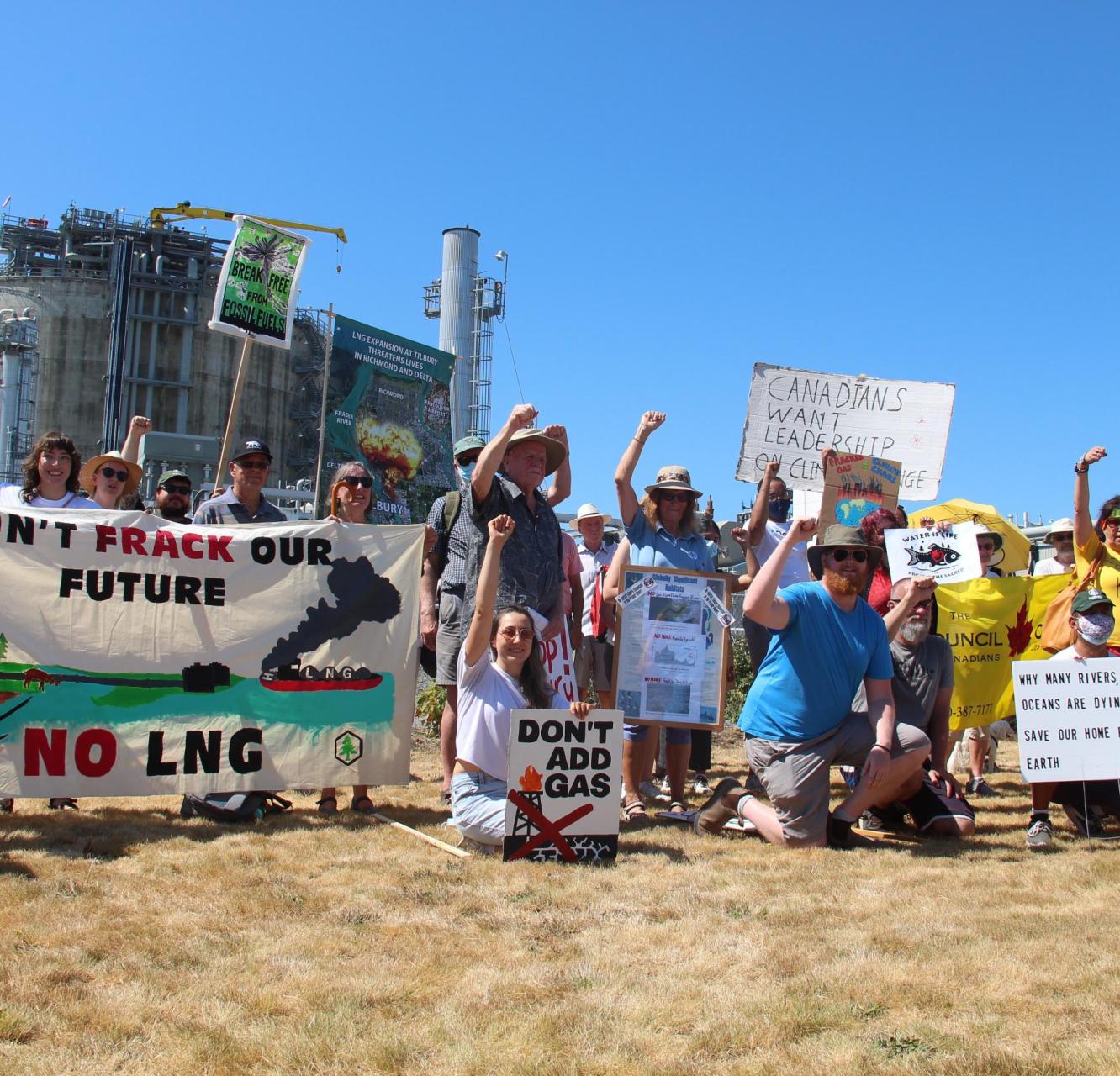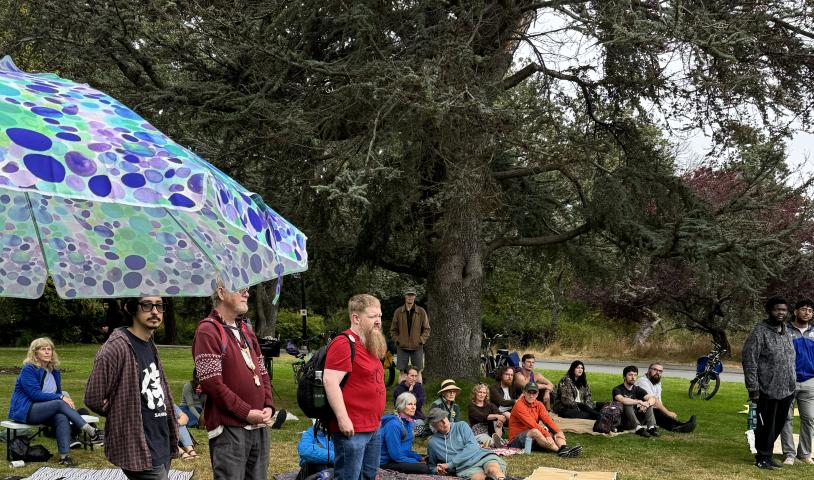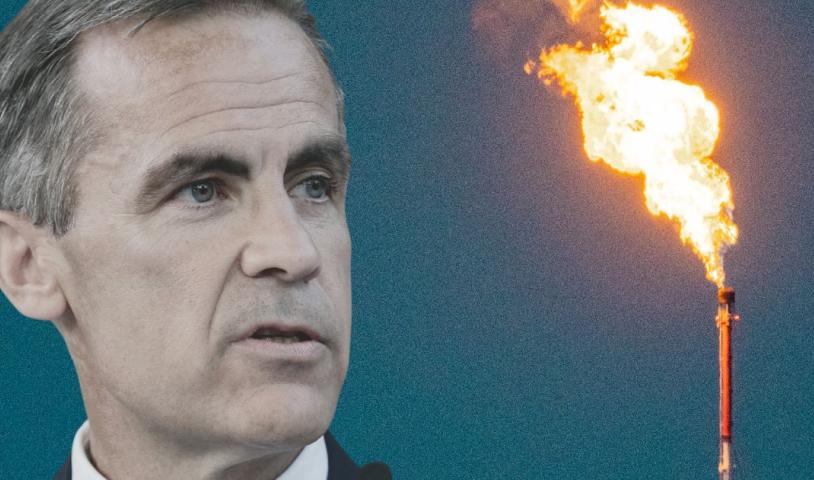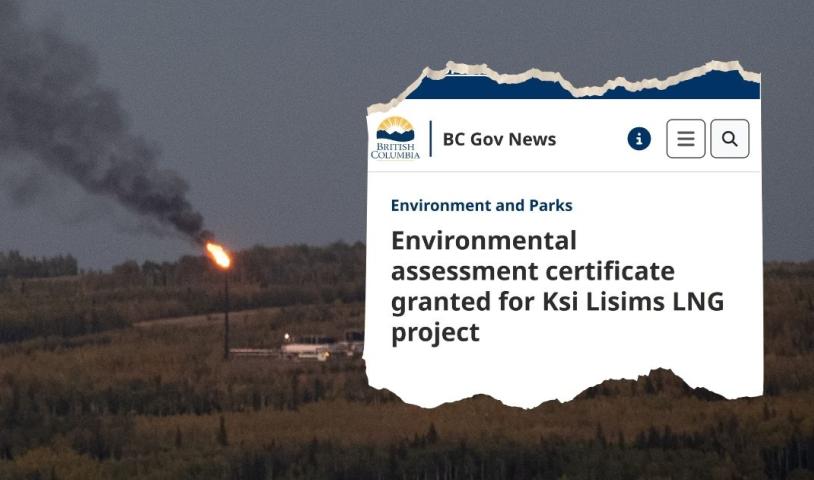Fraser River LNG project highlights federal government’s double standards
Wednesday, June 10, 2015News Release
Federal government opposed to eastern LNG shipments, same standards don’t apply to BC
VANCOUVER – The Wilderness Committee is calling attention to the federal government’s double standards regarding the safety of LNG shipments along Canada’s coastline.
The federal government has actively fought against the construction of an American LNG terminal known as the “Downeast LNG Project.” If constructed, this project would see LNG carrier ships pass through New Brunswick’s Head Harbour Passage.
Canadian Ambassador to the United States Gary Doer has outlined Canada’s “strong concerns” around Downeast LNG in two letters to US regulators, pointing to the serious environmental, navigational and safety risks of the project.
Contrarily in BC, American company WesPac Midstream was granted an export licence by Canada’s National Energy Board (NEB) on May 7th for their proposed LNG terminal on the Fraser River – home to one of the largest salmon runs in the world. The Canadian Environmental Assessment Agency (CEAA) is currently considering the need for an Environmental Assessment (EA) of the project.
To date, no federal government representative has expressed concerns with sending up to 120 LNG tanker vessels annually into highly populated areas of Richmond and Delta, BC.
“Our federal government is treating us west coasters like second-class citizens,” said Eoin Madden, the Wilderness Committee’s Climate Campaigner. “This kind of LNG project was considered unacceptable for New Brunswick, but it doesn’t seem to pose a problem for the government when it will sit on the banks of the world’s greatest salmon river.”
The Wilderness Committee has produced a map detailing the public safety risk associated the WesPac project, identifying industry-defined LNG tanker “hazard zones” that would impact communities if a tanker on the route were to be ignited. There are three hazard zones – zone one posing the biggest threat to human life.
“The federal government rejected Downeast LNG to protect what they called a ‘unique and highly productive marine ecosystem’ off the New Brunswick coast,” said Madden. “If they want to see a unique and productive ecosystem, they should come on over and check out the Fraser River.”
The Wilderness Committee will continue to work to protect the Fraser River from all fossil fuel shipments. The organization will be calling on the federal government to conduct a cumulative impact assessment of the combined effects of coal, LNG, tar sands and aviation fuel projects proposed for this vital salmon river.
–30–
For more information, contact:
Eoin Madden | Climate Campaigner, Wilderness Committee – (604) 353-9603
Additional resources:
Letter from Ambassador Gary Doer to US Federal Energy Regulatory Commission (FERC), Feb. 2010
https://www.wildernesscommittee.org/sites/all/files/2010Feb3_Letter_Canada_FERC_DowneastLNG.pdf
Letter from Ambassador Gary Doer to US FERC, May 2013
https://www.wildernesscommittee.org/sites/all/files/2013May17_Letter_Canada_FERC_DowneastLNG.pdf
Map of proposed WesPac LNG tanker route and hazard zones on the Fraser River
https://www.wildernesscommittee.org/sites/all/files/FraserRiver_LNG_Tanker_Hazard_Map.pdf




